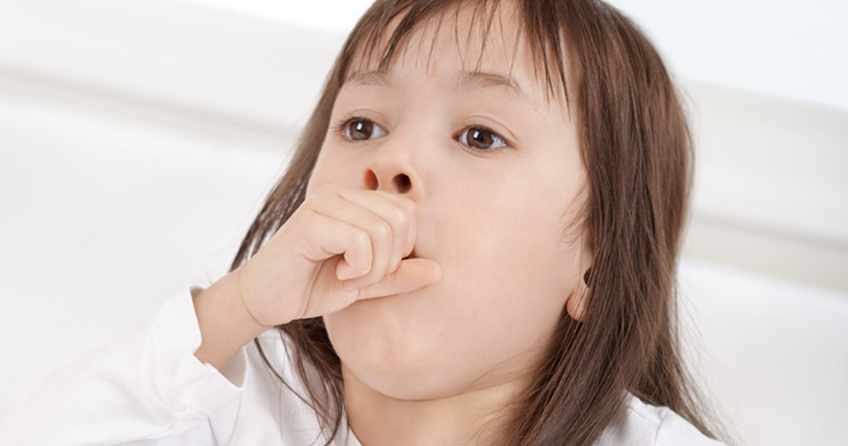
Fever
A normal core body temperature, most accurately measured rectally, is approximately 98.6°F. However, several factors, such as age and overall health, can influence an individual's baseline temperature. It is common for temperature to slightly dip in the morning and rise later in the afternoon. Additionally, strenuous physical activity can lead to a mild increase in core body temperature. When a child's core body temperature surpasses 100.4°F, it is considered a fever. Nonetheless, lower values may also indicate a fever depending on the child's age.
When a fever arises as a response to an illness, it is a positive sign, as it signifies the body's effort to combat the infection. During a fever, the body increases the production of white blood cells, antibodies, and other agents, aiding in the fight against infections. Therefore, a fever should not necessarily be treated if the child remains playful and in good spirits. The following guidelines provide further information based on the child's age and actual temperature.
Methods to Measure a Child's Fever Accurately:
- Rectal: The most precise method, suitable for infants up to 3 months of age.
- Oral: Best utilized from around 4-5 years of age.
- Ear: Typically used for older infants and children, offering a slightly lower reading than rectal temperature.
- Axillary: An acceptable method for children older than 3 months, although less accurate than rectal measurement.
- Temporal: Measuring across the forehead is employed for infants older than 3 months.
Approach to a Child with a Fever by Age Group:
- 0-4 weeks of age: Any rectal temperature exceeding 100.4°F requires immediate evaluation, with the possibility of hospital admission for further diagnostic tests.
- 4 weeks-3 months of age: For a temperature surpassing 100.4°F, an immediate evaluation is necessary, with the subsequent course of care depending on the evaluation and diagnostic tests.
- 3 months-6 months of age: Seek an evaluation for a fever exceeding 102°F, a fever lasting more than three days, or if the child exhibits irritability, a late-onset fever following an illness, or a rash not present before the fever.
- 6 months-2 years: An evaluation is warranted for a fever exceeding 104°F, a fever lasting more than three days, a fever occurring post-illness, or when there are no concurrent viral symptoms (e.g., runny nose, cough, vomiting, diarrhea).
Treatment of Fever in Older Children:
In older children, a fever does not necessarily require treatment. If the child is cheerful, playful, and well-hydrated, it may not be essential to lower the fever. However, when a child has a fever and is feeling unwell, it is acceptable to take measures to reduce the fever, aiming to bring the temperature closer to the 100-101°F range.
Non-Medication Approaches to Reduce Fever:
- Removing excess clothing
- Applying cool compresses to the forehead, armpits, or groin
- Providing lukewarm baths
Medication Options:
- Acetaminophen (Tylenol): Administer every four hours but not exceeding five doses in 24 hours. It should not be given to children under 3 months of age unless directed by a healthcare provider.
- Ibuprofen (Advil/Motrin): Administer every six hours, typically suitable for children older than 6 months, often closer to one year of age. It is preferable not to switch between these medications unless advised by a healthcare professional.
Notably, aspirin should never be used to manage a child's fever due to its association with Reye's Syndrome, a serious condition that can affect children with viral infections. Aspirin use can lead to severe outcomes, including liver failure and death.
At Pediatrics & Adolescents Clinic, we prioritize comprehensive care and guidance for children with fevers, ensuring their health and well-being.







